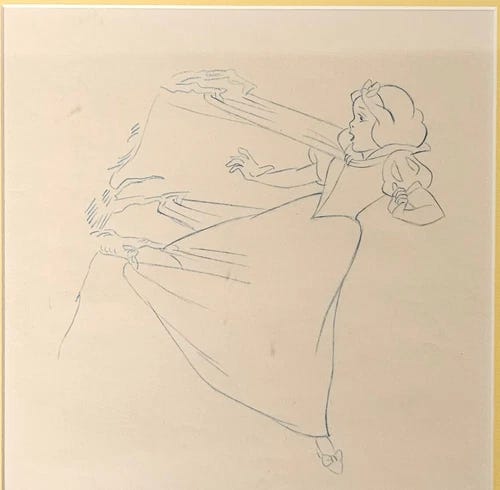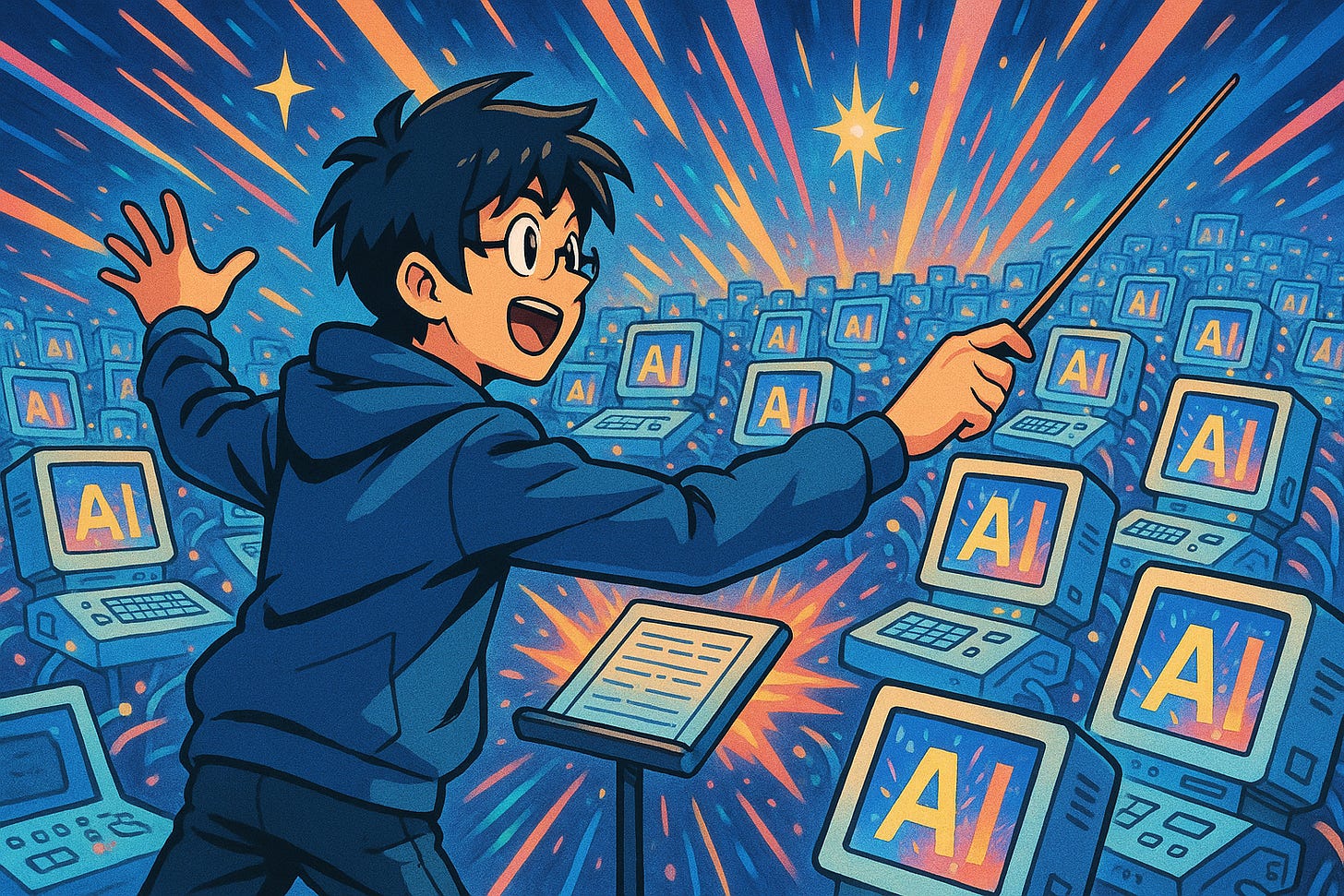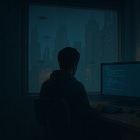The first generation of programming directors
When I wrote about the last generation of programmers, I ended with a thought:
the age of human code is ending. What comes next is not ours to write — but to imagine.
This is one such imagining. If the keyboard is no longer our chisel, what tools will take its place? If the long hours of typing give way to something else entirely, what will the craft look like on the other side? History offers clues. Industries have been here before — changed not by the vanishing of their purpose, but by the reinvention of their methods. If AI does to software what computers once did to animation, the result may not be an extinction, but a transformation — one where the craft survives by changing shape, and the credits look very different than they do today.
In the old Disney studios, the air smelled faintly of paint thinner and coffee. Animators hunched over desks lit by swinging lamps, pencils scratching one frame at a time, walls stacked high with translucent cels like panes of stained glass. Every second of film demanded twenty-four drawings, each one touched by human hands. The workflow was an endless relay of sketches, tracings, and paint — armies of ink-and-paint artists passing each frame down the line like a sacred scroll.

Decades later, the scratching pencils are gone. In their place, the quiet whir of GPU fans. The same craft — storytelling through movement — now plays out in sleek software like Maya and Blender, characters rigged with digital bones, worlds rendered by machines that never tire. Frames aren’t painted; they’re computed - see here for more on the making for Frozen 2. What was once an artisanal marathon is now a high-tech relay, where creative leads direct armies of specialized artists, technical directors, and render farms.
Animation didn’t die when computers arrived; it adapted. In the 1980s and 90s, a single Disney feature like The Lion King employed armies of artists — as many as 600 animators and technicians working across inking, painting, and cel photography to get a film onto the screen. By contrast, when Pixar released Toy Story in 1995, the studio itself had only 129 employees, supported by a render farm of 294 processors. A few years later, Monsters, Inc. was built by a team of around 175 people — lean by Disney’s traditional standards, but augmented by the accelerating power of software and hardware.
What disappeared wasn’t animation, but the need for vast pools of manual labor. Technology changed how those stories were made, not that they were made. The workflow shifted from one long, linear assembly line to a parallel, multidisciplinary sprint. Modelers built characters, riggers wired their skeletons, animators posed the key moments, and software filled in the frames in between. Render farms took over the grunt work of lighting, shadows, and effects. Entirely new roles emerged — technical directors, shader developers, effects artists — titles that didn’t exist in the cel era but are now indispensable.
The result? More animation than ever before. A recent estimate pegged the valuation of the global animation industry valued at $270 billion in 2023 with 600 new animated films are released worldwide each year (source: here). There might be fewer people drawing frames by hand today, but more people overall work in animation today relative to these early halcyon days.
Today’s programming still looks, in many ways, like cel animation in its prime. We write code line-by-line, class-by-class, building our own in-betweens. Yes, we have compilers, frameworks, and IDEs, but the human still types the bulk of the logic. AI is our CAPS moment — the Computer Animation Production System Disney introduced in 1989 to digitize ink-and-paint. It didn’t automate the whole movie, just the tedious, repetitive parts. But it changed the economics of animation so profoundly that an entire stage of the pipeline vanished in a few short years. The AI coding assistants of today are doing the same. First they autocomplete the boring stuff. Then they scaffold entire features. Tomorrow they’ll handle full vertical slices: requirements in, production code out. And like CAPS, they’ll force us to rethink what roles exist in the pipeline.
In the animation analogy, “writing every frame” is giving way to “directing the scene.” The programmer of the future will be less the line-by-line scribe and more the maestro — orchestrating AI agents, code generators, and simulation environments. We’ll still have people who can code from scratch, just as some animators still draw by hand, but most will work in a hybrid environment, adjusting the AI’s output, setting creative and technical direction, and managing a much larger scope than any one developer could handle alone. Maybe there will be a niche industry for “hand-written software” :)
The programmer’s craft will follow the same arc as animation. In place of writing every line, much of the work will involve guiding and integrating what machines produce: defining the architecture, reviewing generated components, making judgment calls on trade-offs and user experience, and ensuring the final system works as intended. Code generation, testing, optimization, and deployment will be handled largely by automated systems. The value shifts from typing instructions into a machine to shaping, supervising, and combining the work of many machine contributors into a coherent, functioning whole.
The trick is to see AI not as the machine that replaces the human, but as the render farm: tireless, exacting, and utterly useless without a clear creative brief. The animator’s craft didn’t vanish when the pencil left the desk; it shifted into new tools, new workflows, and new creative horizons.
Marginal cost and abundance might also come in play. Jevons’ paradox tells us that when a resource becomes cheaper and more efficient to use, demand for it can increase rather than shrink. AI is set to do this for software. As the cost of building and maintaining applications falls, organizations that once couldn’t justify a custom solution will commission one. Niche tools, one-off internal apps, specialized workflows — all will become economically viable.
“If AGI is successfully created, this technology could help us elevate humanity by increasing abundance, turbocharging the global economy, and aiding in the discovery of new scientific knowledge that changes the limits of possibility.” OpenAI
Our future might see software companies employing far fewer engineers than today, but the total number of companies creating software, and the breadth of what they build, could grow substantially. That’s the abundance theory that we hope AI will unleash.
We’ll just have to wait and see how “great plot unfolds”




I share this sentiment a lot :) I think this optimistic scenario will be the one we will have